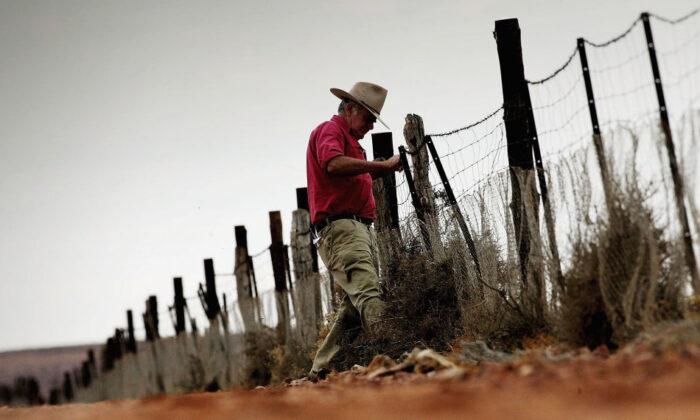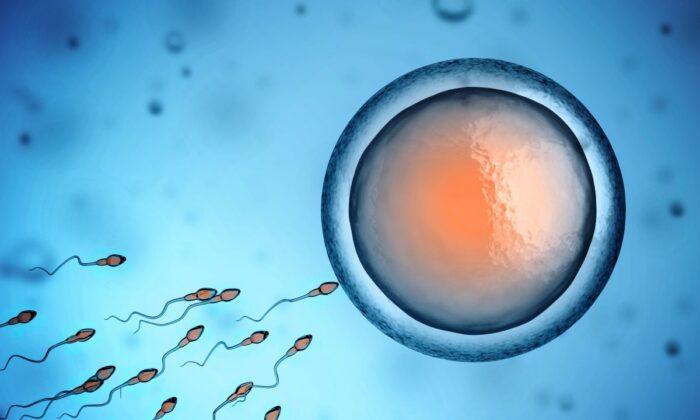Thousands of aerial baits are being deployed across northern South Australia to kill wild dogs that have been destroying livestock after heavy storms and flooding damaged the Outback Dog Fence.
A total of 2,000 baits have been dropped to stop wild dogs from migrating south through an estimated 40 breaches in the fence over a 250-km (155-mile) stretch between Coober Pedy and the Ikara/Flinders Ranges.
“Unfortunately, the Dog Fence has sustained some damage from the recent rainfall event across northern South Australia and the extra aerial baiting will help protect our livestock industry from the scourge of wild dogs while repair work is undertaken,” he said.
“Wild dogs rip nearly $89 million a year from the Australian economy, with South Australian producers losing more than 20,000 sheep to wild dogs in 2018 alone.”
Basham continued that the SA Government uses a multi-pronged approach to tackle the wild dog problem, and the additional baiting complements the trapping and bounty programs, as well as the program to rebuild the Dog Fence, which will cost $25 million (US$17.9 million).
He said that while recent floods washed away parts of the old fence, the new fence had withstood the floodwaters, sustaining minimal damage.
“Three professional wild dog trappers are ready to swing into action and as soon as allowed they will be deployed to fix the fence in affected regions when access is restored,” Basham said.
The Dog Fence protects South Australia’s $4.3 billion (US$3.1 billion) livestock industry by preventing wild dogs—dingoes or dingo crossbreeds—from migrating into what is known as the sheep zone.
More than two-thirds of the fence is over 100 years old and has become brittle. In addition, multiple sections have been damaged by feral camels, kangaroos, emus, wild dogs, weather, and sand erosion.
The rebuild started in May 2020, and as of mid-November 2021, 340km (211 miles) had been completed, with 400km (249 miles) still to go.
Meanwhile, South Australia has become the first state or territory in Australia to legislate state-wide baiting standards for wild dogs.
Minister Basham said the development of the new baiting standards came about after extensive consultation, and removes historical barriers to controls, allowing strategic targeting of wild dog safe havens and breeding grounds.
“Safe havens have traditionally created refuges and breeding opportunities for wild dogs, undermining the efforts of neighbouring properties with their wild dog control operations, potentially leading to tensions within the community,” he said.
“With these new standards including mandated baiting, including areas previously identified as safe-havens, it has enabled a strategic reform that provides the necessary lever for enforcing compliance when needed across the state.”
In region 5, for example, a 35km buffer of land runs along the outside of the Dog Fence. whether there is evidence of wild dog activity or not, all landowners in this area must lay a minimum of 10 baits within a 10-km radius of each man-made active water point in autumn and spring.
RSPCA Animal Welfare Advocate, Dr Rebekah Eyers, told the Epoch Times that while there is justification for the control of wild dogs, the RSPCA believes only the most humane killing method should be used.
“The Government-developed Pestsmart guidelines recommend that ground shooting to the head is the most humane method to destroy wild dogs,” she said.
“And this must be performed by a competent operator and only under circumstances where all non-lethal means have been exhausted and destruction is justified.”
Eyers went on to say that according to the guidelines, baiting is not a humane method for controlling the wild dog populations.





